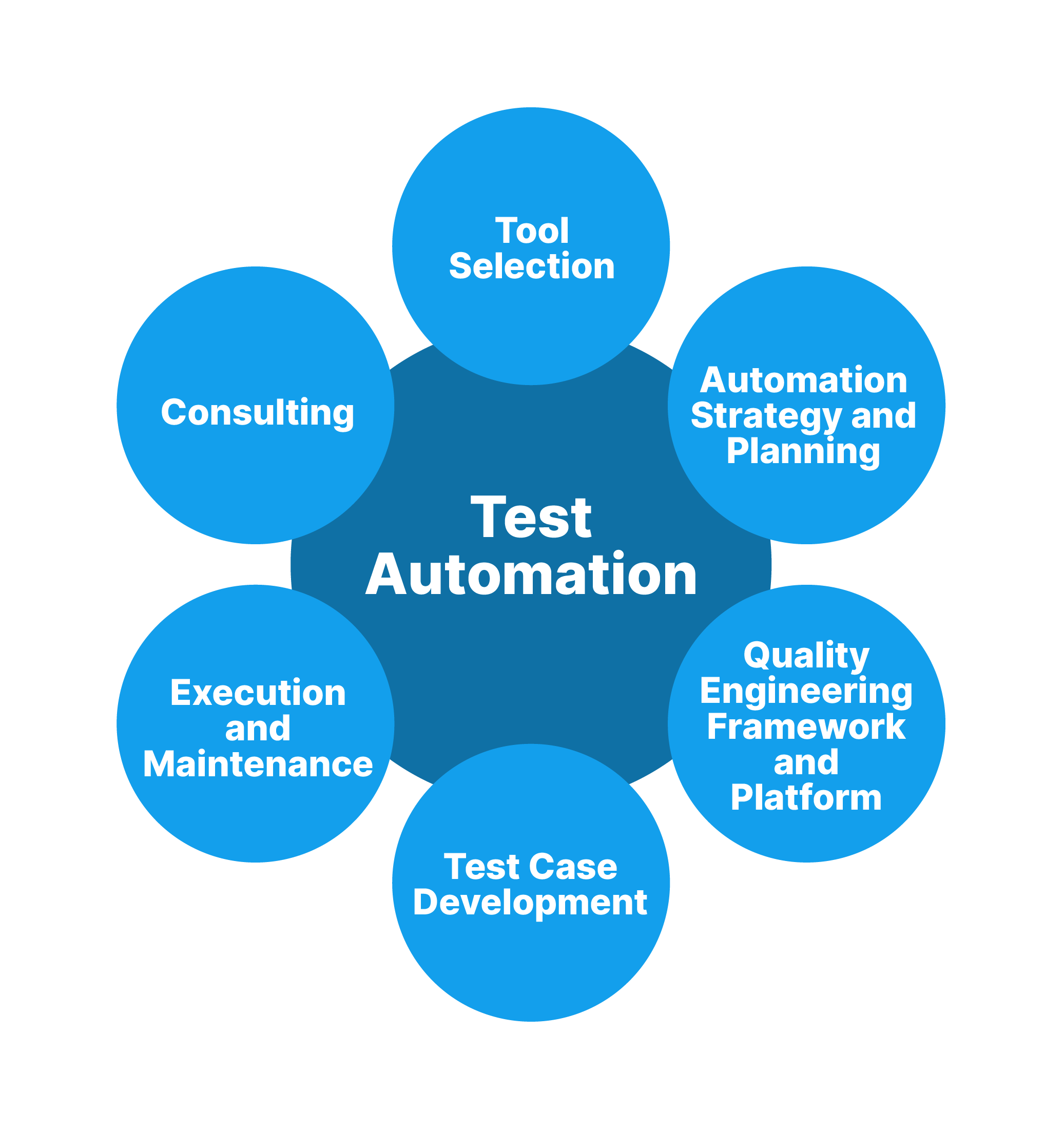The Future of Software Application Growth: Utilizing the Potential of Automation Testing for Faster, More Trustworthy Launches
In the world of software application development, the quest for faster, more trusted releases has long been a main focus. As modern technology advances and consumer expectations advance, the role of automation screening in attaining these goals has actually ended up being increasingly prominent - automation testing. The possible advantages of automation screening are huge, promising not only to quicken release cycles yet additionally to improve the general quality and consistency of software application products. In a landscape where speed and accuracy are critical, harnessing the capacities of automation screening stands as a crucial technique for staying in advance.
The Power of Automation Testing
In the world of software development, the implementation of automation testing has actually confirmed to substantially boost efficiency and quality control processes. By automating time-consuming and repeated manual testing jobs, software application teams can streamline their screening initiatives, reduce human errors, and speed up the total advancement lifecycle. Automation testing permits the fast implementation of examination instances across various settings and setups, providing programmers with fast comments on the top quality of their code modifications.
Among the essential advantages of automation screening is its ability to increase examination insurance coverage, making sure that even more functions and capabilities are extensively evaluated. This thorough screening technique helps recognize defects early in the growth cycle, decreasing the probability of pricey bugs getting to production. Additionally, automation screening promotes continuous assimilation and continuous shipment practices, allowing groups to launch software updates a lot more often and reliably.
Accelerating Launch Cycles
The acceleration of launch cycles in software application growth is essential for remaining affordable in the rapidly progressing tech landscape. Shortening the time in between launches allows business to react quickly to market demands, integrate user comments promptly, and outpace rivals in supplying innovative features. By taking on dexterous methods and leveraging automation testing devices, development groups can simplify their processes, recognize bugs earlier, and ensure a greater high quality item with each release.
Accelerating release cycles additionally makes it possible for software program firms to keep a competitive edge by quickly addressing security susceptabilities and adjusting to transforming regulatory demands. Furthermore, regular launches assist in structure client count on and loyalty as individuals take advantage of continuous enhancements and bug fixes. This iterative approach promotes a society of constant enhancement within growth groups, urging collaboration, advancement, and a concentrate on providing value to end-users.
Making Certain Regular Quality Control
In the middle of the sped up launch cycles in software program development, preserving consistent quality control ends up being critical for ensuring that each version meets the highest possible standards of functionality and integrity. Regular quality control entails an organized technique to testing and examining software program to identify and fix any type of problems or defects without delay. To accomplish this, software advancement groups need to establish durable QA processes that are incorporated throughout the development lifecycle. This consists of defining clear top our website quality standards, performing detailed testing at each phase of advancement, and leveraging automation screening tools to simplify the procedure.
Overcoming Common Screening Challenges
Attending to and settling common testing difficulties is crucial for making sure the performance and performance of software development processes. One widespread challenge is the absence of extensive test protection, where testers might ignore specific circumstances, bring about possible pests sliding into the last item. This concern can be minimized by thorough test planning, integrating varied testing methods, and leveraging automation testing to enhance protection. An additional typical difficulty is the maintenance of test scripts, particularly in active settings where regular modifications occur. Test manuscript maintenance can be streamlined by making use of durable test automation structures that use simple script modifications and updates. Furthermore, collaborating testing efforts throughout various teams and divisions can posture an obstacle due to interaction voids and differing top priorities (automation testing). Applying clear interaction networks, establishing standard processes, and fostering collaboration with visit this site right here tools like concern trackers and job management systems can aid conquer this obstacle and ensure smooth testing coordination. By proactively addressing these difficulties, software application development groups can enhance the top quality and reliability of their releases.
Executing Automation Examining Strategies

Once the test instances are selected, groups ought to spend time in designing robust examination manuscripts that are maintainable, multiple-use, and scalable. Partnership in between designers, stakeholders, and testers is important to ensure that the automation testing aligns with the general job objectives and needs. Constant assimilation and release pipelines can further improve the automation testing process by automatically setting off tests whenever new code is dedicated. By embracing automation testing strategies, software development groups can attain faster checking cycles, greater examination insurance coverage, and inevitably supply even more dependable software application releases.
Verdict
In verdict, automation testing provides a powerful device for accelerating launch cycles, making certain constant quality control, and getting over usual screening challenges in software application growth. By utilizing the capacity of automation screening methods, organizations can attain faster and extra pop over to these guys trusted launches. automation testing. Embracing automation screening is important for remaining competitive in the busy world of software advancement

In final thought, automation testing supplies an effective device for accelerating launch cycles, making sure consistent high quality guarantee, and conquering usual testing difficulties in software program development.